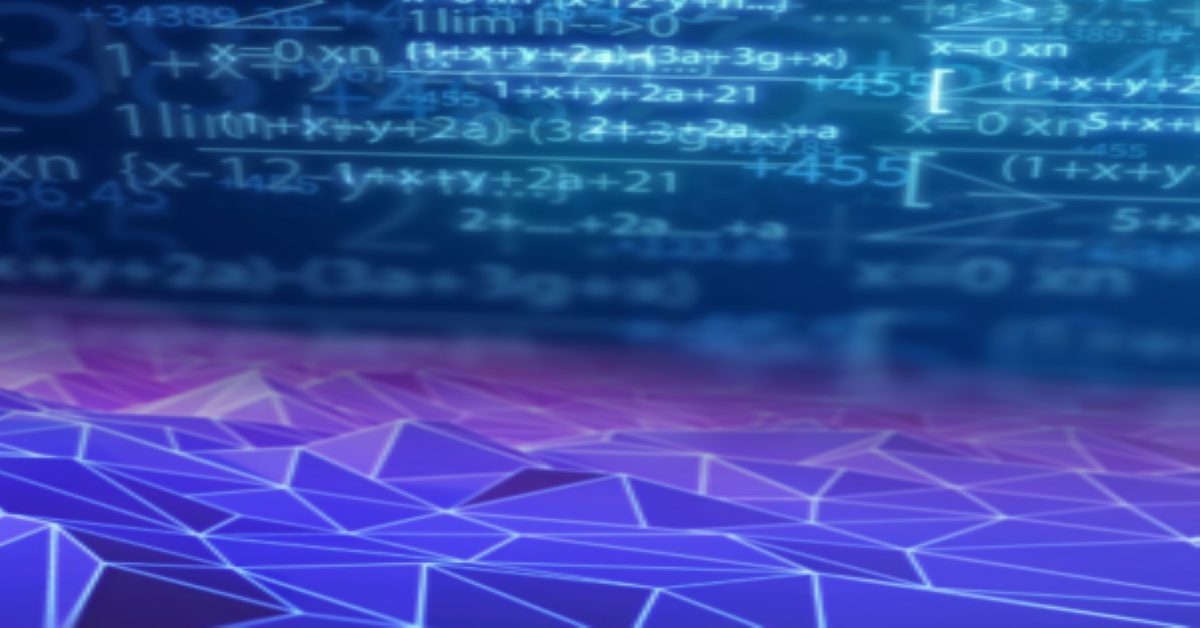
Deep learning is not enough: deep collection is the answer
Self-driving cars have safety applications, but is it enough to predict if a car will crash?
of course not.
The answer is that engineering learning models are desperately needed to reason about their assertions and communicate them clearly to humans.
Artificial intelligence is said to be superior to humans in many things. For example, weather forecast, diagnosis of disease or winning a chess match. If we enter this list, there is much more to AI than answering questions that require logical reasoning.
Let’s assume that images of specific shapes and sizes are placed in a single frame with multiple colors. Now you question the system, what is the size of the cylinder to the left of the brown metal located to the left of the large sphere? A six-year-old might be able to answer this question just by looking at the image.
But these issues are still incomprehensible to traditional deep learning models.
Why do you need more than deep learning
A model that runs through deep learning can only help you understand the relationship that occurs between input and output. Whether it is reinforced learning or supervised learning, the inputs and outputs have already been defined for the model to understand. This task is great for production or distribution, but does not work well for decision making (also known as abstract reasoning). You need to enable the model to reason.
What is deep collection and how to implement deep collection?
Deep reasoning allows you to enable machines to understand relationships known as implicit (declarative) relationships between multiple things.
For example, all herbivores eat plants. Giraffes are herbivores. Here, the implicit relation is that all giraffes eat plants, but it is not explicitly mentioned (undeclared). Humans are excellent at distinguishing between implicit and explicit relationships (ie relational reasoning). But it’s a challenge when computers are involved, and they need to have strict and clear rules.
Is there a way to make a computer reason?
Well, according to DeepMind researchers, deep learning needs to answer questions with 96% accuracy – this is achieved through three networks, namely:
- Related Network (RN): Recognize how different objects relate to each other
When processing images, the network can identify relationships between different objects. For example, he learns hidden relationships between pairs of objects such as a red cylinder and a blue cube.
2. Short Term Memory Network (LSTM): for treating problems
They understand the sequence clearly because they have a good memory and therefore remember the previous part of the sequence.
3. Convolutional Neural Networks (CNN): Process Images
The network identifies all objects in the image, so that they can easily identify all the features present in the image.



